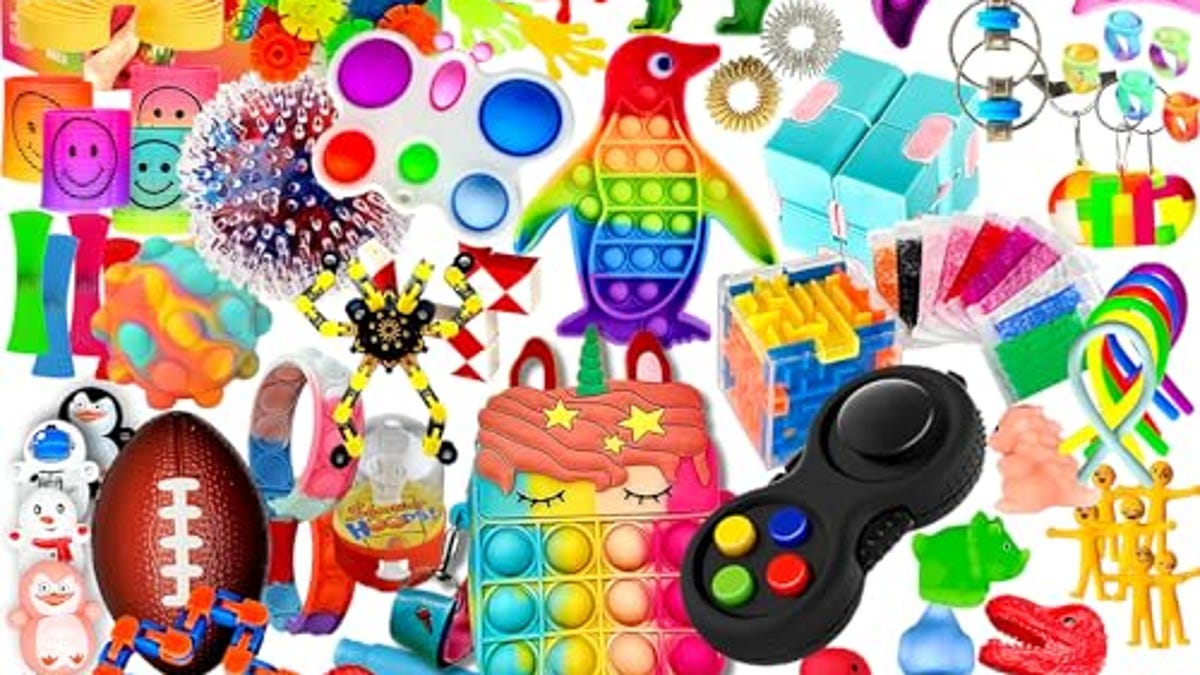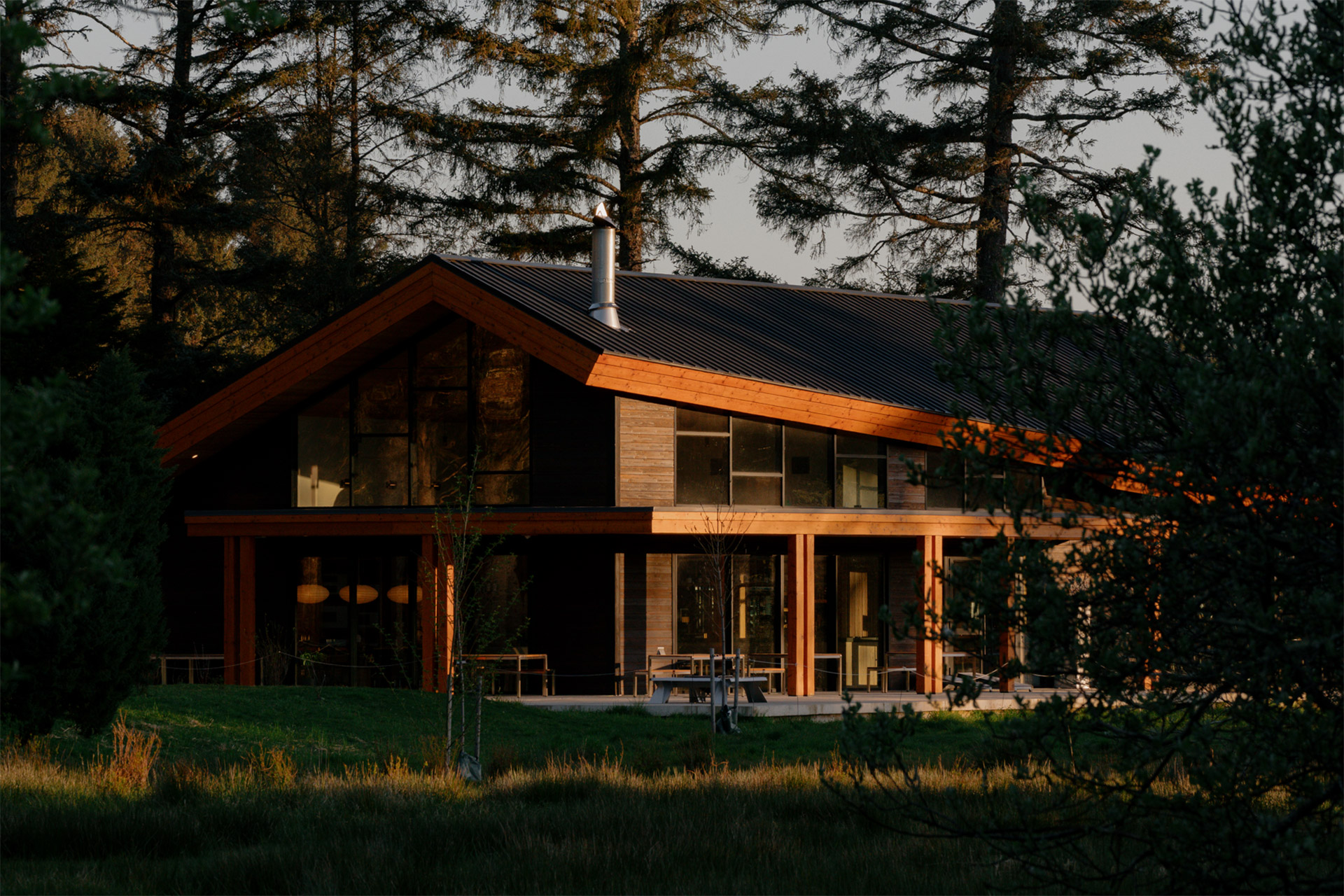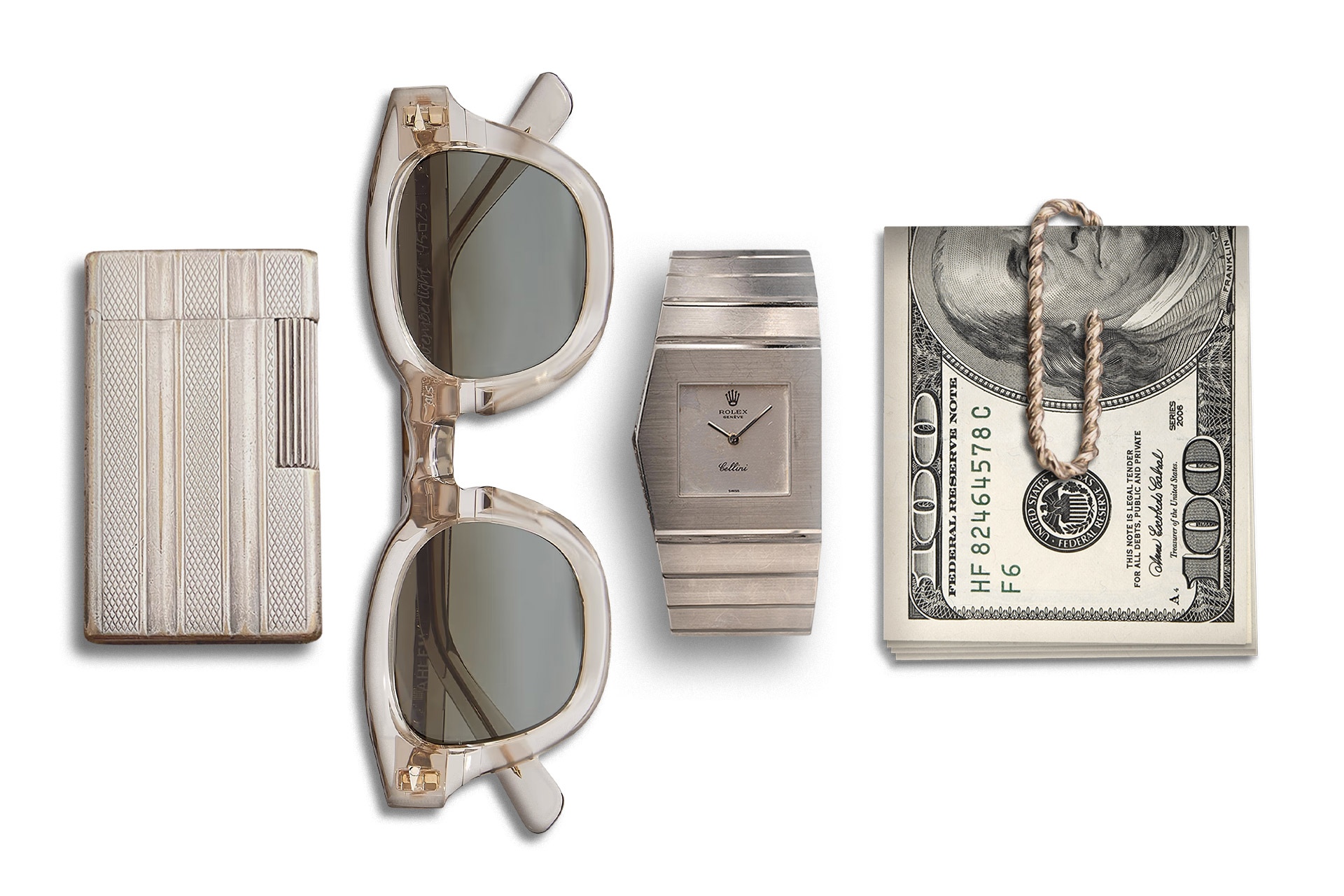The Easiest Way To Make Good Coffee in 2021


A few years ago, I finally caved to societal pressure and bought an Aeropress. It was (and is) all the rage among coffee connoisseurs, and while I definitely don’t fall into that category, I figured why not brew the best cup I could? But honestly, I kind of hated it.
Look, I love the taste of coffee, but I’m far from an expert (so if you are, you can go ahead and stop reading now). My goal isn’t to make the best coffee possible, but to make a decent cup with as little work and by wasting as little space as possible. I could do things the “right” way with a grinder and an Aeropress, or I could do things the ‘90s way and get a bulky drip machine that wastes space on my counter and invokes the ire of my fellow millennial coffee snobs. Neither of those options really fit my needs—in part because both require actual work to clean—so after a couple years of experimentation, I’ve finally found the combo of low-maintenance coffee gear that makes a pretty damn solid cup.

First, and most importantly, I ditched the complicated gadgets and bought a Kalita Wave. The Aeropress was cool and all, but a little clunky to use, and far more annoying to clean and store. The Kalita Wave, on the other hand, is insanely simple: put in a filter, scoop in your coffee, and pour. Okay, there’s a bit more of an art to it than that, but still: It’s incredibly easy, and while coffee experts give pour-over the love it deserves, it doesn’t seem like it’s trickled down to a lot of the general public yet, if all the tweets I see about Aeropresses are any indication.
I still find it way simpler than the Aeropress, and because it’s ceramic, I can toss it in the dishwasher when I’m done—no fuss, no muss. It’s as easy to use, clean, and store as anything else I’ve tried. And unlike drip machines, it allows you a bit more room for experimentation without making things difficult.
G/O Media may get a commission
There are also glass and stainless steel variants, and it comes in two sizes—the smaller 155 which makes one to two cups and the slightly larger 185 for two to four people. Make sure you get the correct size filters to match your model. If you need to serve an even larger group, the Chemex is an oft-recommended alternative.

I had one other gripe with coffee: it never seems to stay hot long enough. Despite the fact that my office is like an oven, it seems like my coffee is too cold to drink before I’m even halfway done—and it’s not like I’m nursing it over the course of an hour here. So I went hunting for something to keep it hot longer, and while the techie in me was tempted by the Ember heated mug, I went with something a little less futuristic: this vaccum-insulated Yeti Rambler. While it isn’t perfect, it does a much better job of keeping my coffee steamy long enough for me to finish drinking. Plus, it comes in 19 colors, though they can vary a bit in price. After using it, I won’t drink a hot beverage from anything else.
This simple duo made coffee low-effort enough that I actually drink it, rather than thinking “ugh, too much work.” The rest of my gear is pretty standard: I use a regular ol’ electric kettle (which Amazon is littered with at affordable price points), though experts recommend a gooseneck model like this for more control over your pour—I haven’t gotten there quite yet since I already had a kettle bought by my tea-drinking wife. I also use filtered water—my fridge has a built-in pitcher, but a standard Brita pitcher would work too.
I don’t, however, grind my own beans because a) I’m not interested in adding more steps to the process, b) I do not need more appliances, and c) I usually make my coffee while my kids are still sleeping, and I’m not about to upset the peace with the cacophony of spinning blades. But my coffee snob friends tell me this burr grinder is the way to go, if you’re going to grind the beans yourself (though you could go with a more affordable model if $150 is a bit too rich). I also don’t use a scale, because what am I, a scientist? A long-handled scoop works fine because I am a busy man, dammit.
Finally, to round out the “please God just make it easy” nature of my combo, I subscribe to once-monthly coffee deliveries from Intelligentsia—I go with the House Blend (usually decaf), though it might be a bit light for some people, in which case you might like one of their more flavorful roasts, or something from another beanery. Look at what local roasters might have available in your area—you can either go with a subscription service or grab it at the store. Amazon has some options, but I’d only buy it if it comes from Whole Foods—if reviews are any indication, Amazon themselves tend to ship older bags, and you want something freshly roasted.
You may scoff at my choices, but remember: I’m far from a coffee connoisseur. My goal is to make coffee as easily as possible, without a bunch of large appliances and a can of Folgers sitting in my cupboard. I still have a lot to learn, but the biggest battle was making the process easy enough that I actually wanted to do it every morning—and finally, I’ve made that happen.
Source link





